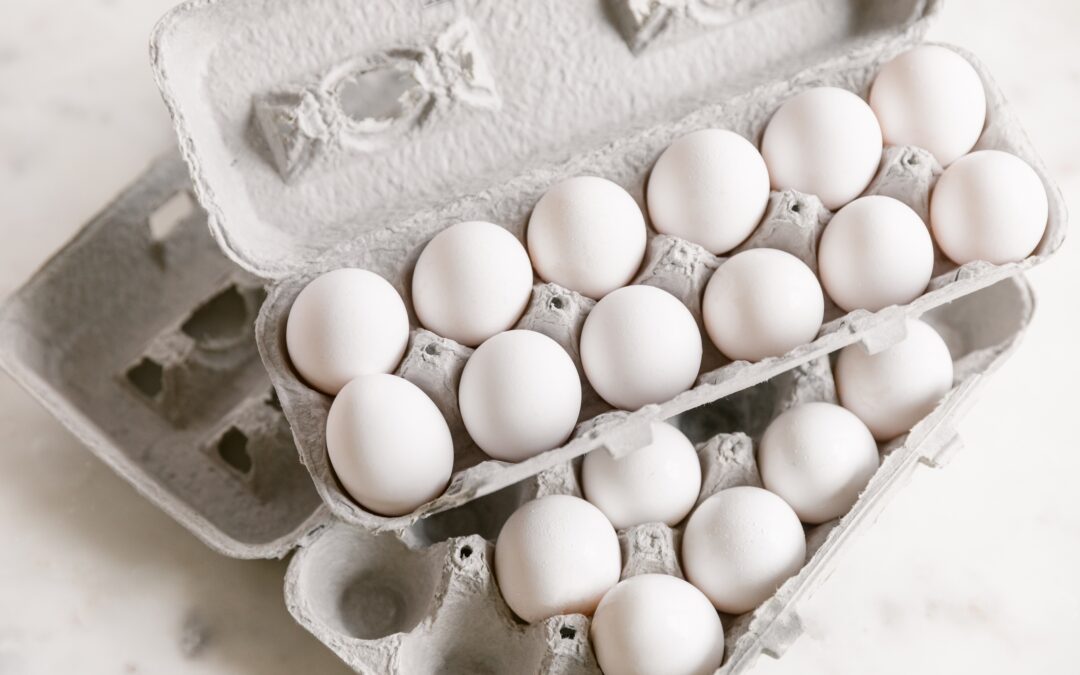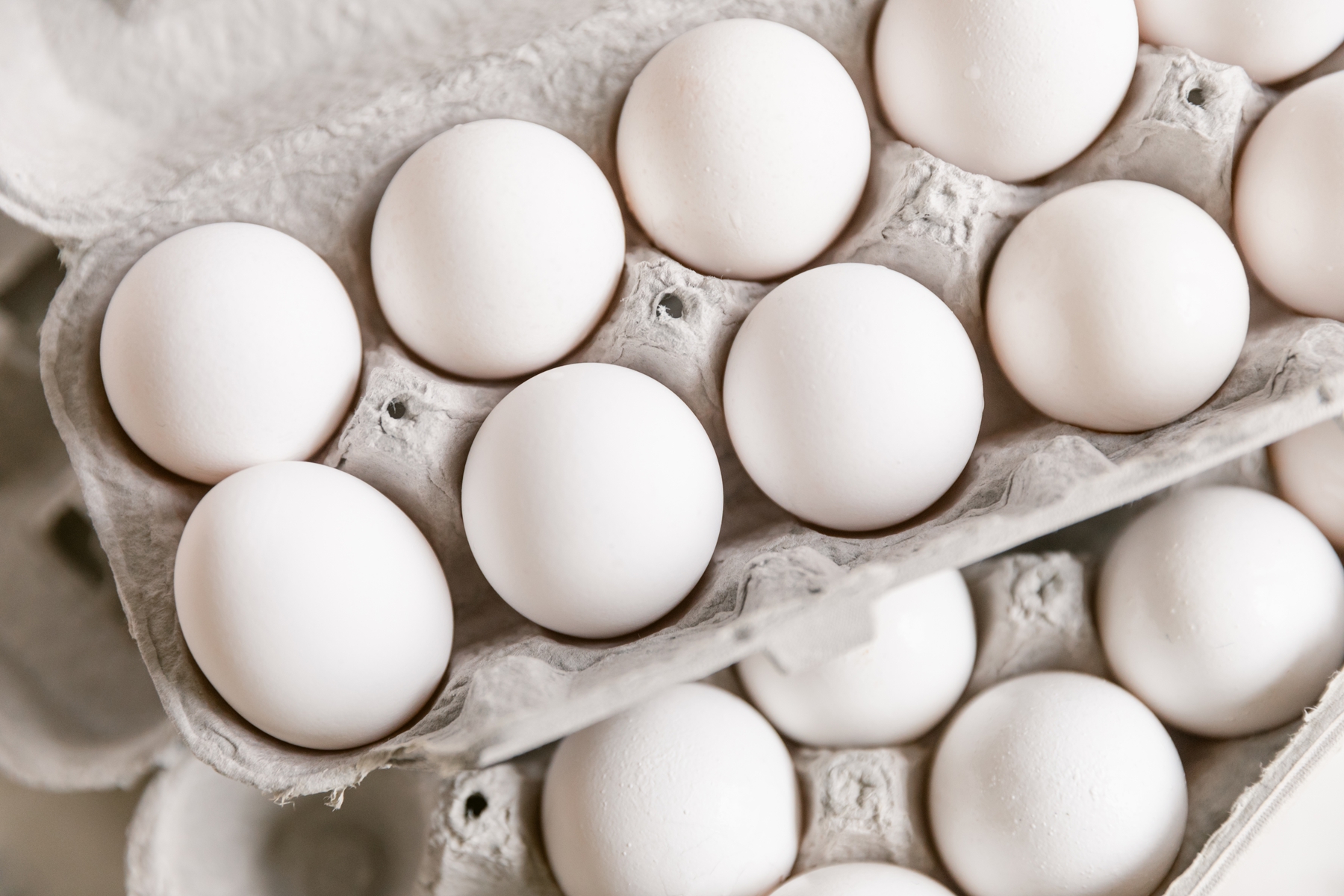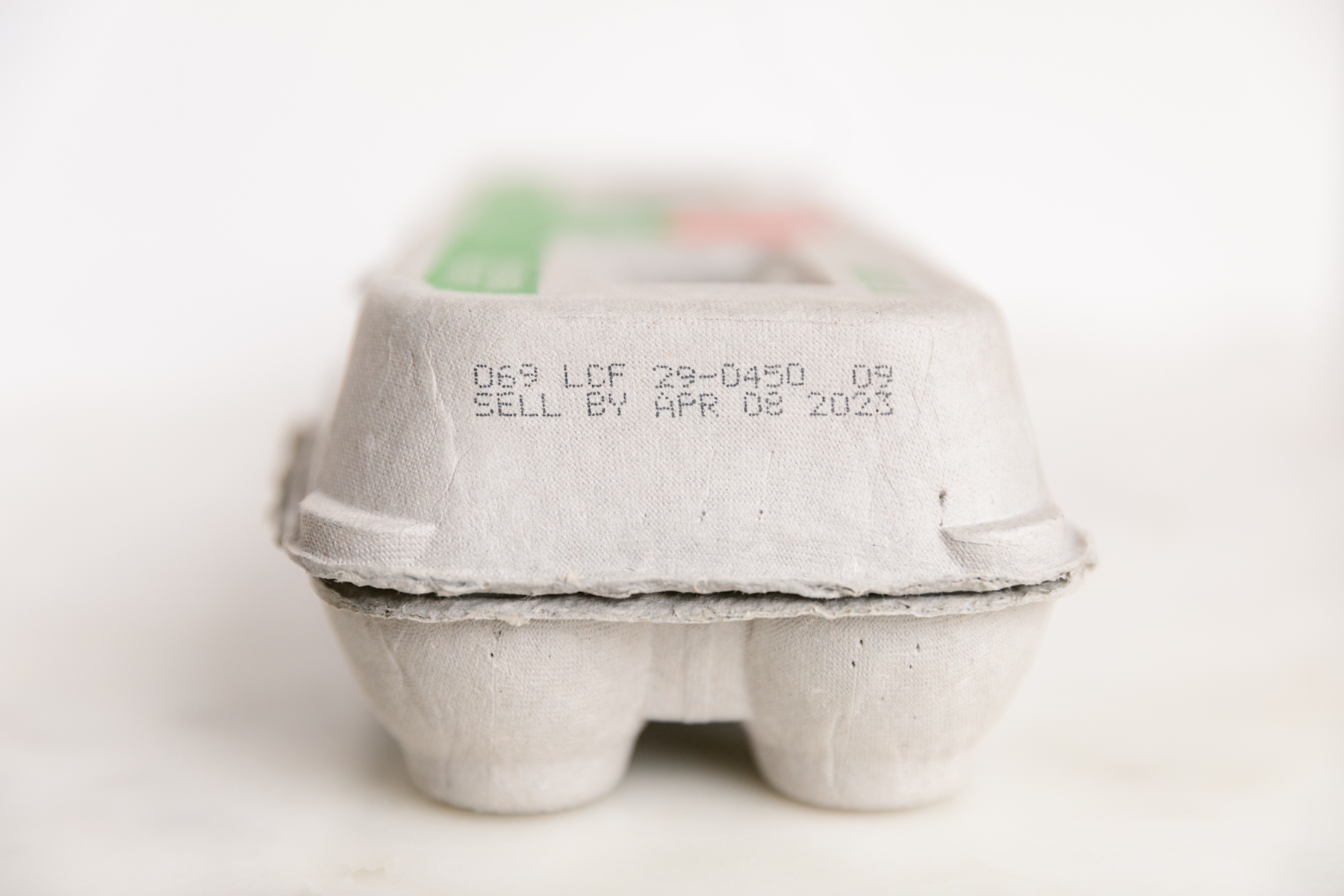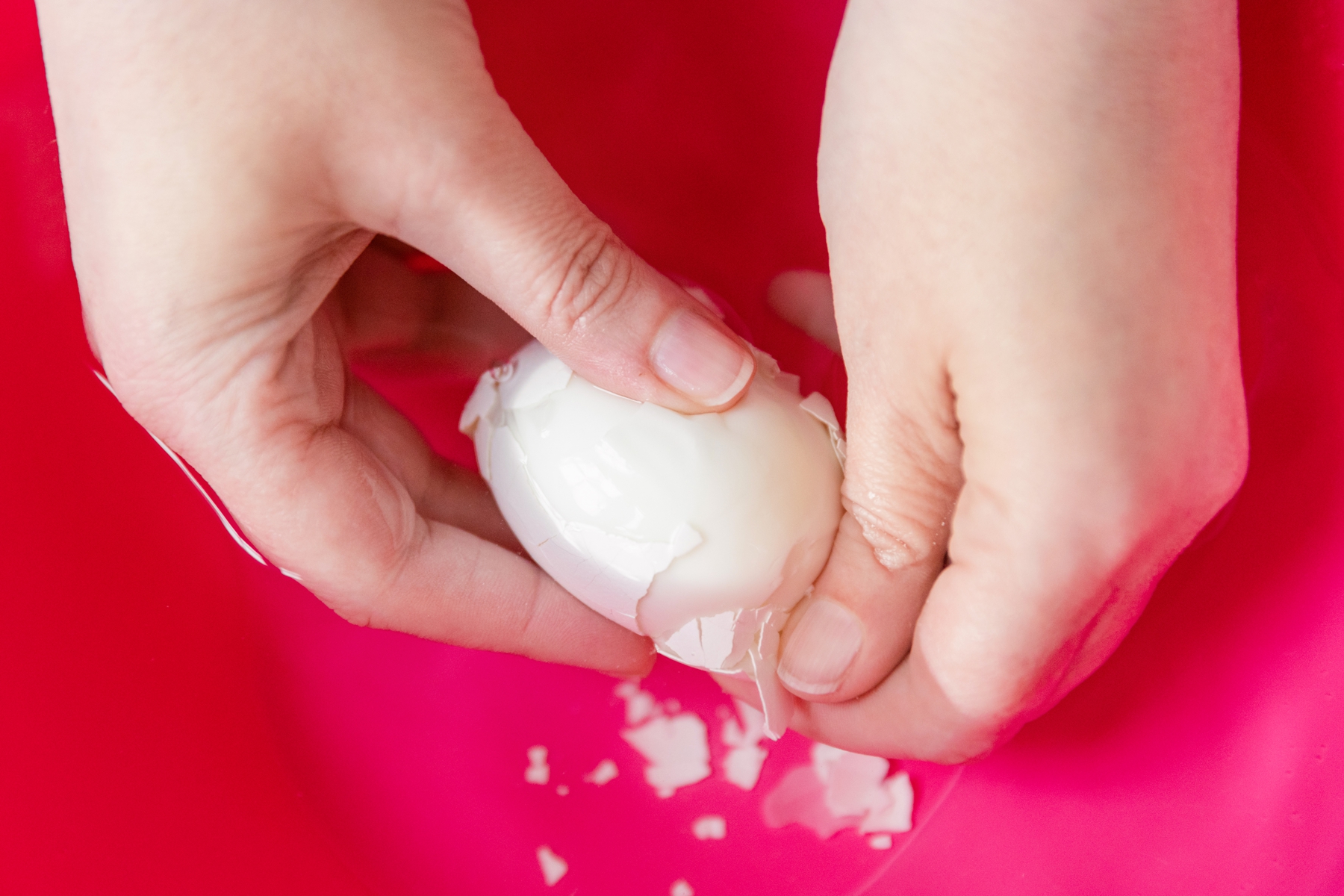Did I mention that I was Chemistry pre-med for a couple of years?! Man, I love a good science experiment. I’m sad my son has outgrown science fairs because it was super fun helping us, I mean him, win awards. So, when Jen gave me the greenlight on this idea, I was stoked! Let’s bring back the good old days and see what we come up with and if you need a 4th grade science experiment idea – call me! I got you.
Objective: Find the easiest and best way to peel a hardboiled egg.
Process: Identify the variables that make an egg easier or harder to peel and test them both individually and in combination with each other.
Oh, this is going to be fun! SO many variables. I have found six areas of consideration that may affect the success and ease of egg peeling:
- Age of the egg
- Temperature of the egg
- Pricked or un-pricked? That is the question.
- How the egg is cooked and/or stored
- Egg cooking additives
- How the egg is peeled
Now let’s break out each of the different approaches within these three categories.
AGE OF EGG
There is a number on your egg carton that tells exactly how old that egg was when it was processed and placed in its packaging. It is a number right before the “best by” date and it is three numbers long. The numbers correspond to the day of the year. January 1 is 001 and December 31 is 365.
You can also tell if an egg has aged if it floats or sinks in bowl of water. Fresh eggs will sink the bottom and lay firmly on their sides. As an egg ages, water inside the shell slowly evaporates and is replaced by air. This air pocket makes older eggs more buoyant. A semi-old egg will still sink but stand up on one end vs lay on its side. And a super old egg will float like it’s trying to enjoy a sunny day in the pool. For the record, I have eaten plenty of these eggs in my lifetime, but the current powers that be are calling this a “stale” egg that should not be eaten. So I suppose we will leave it out of our experiment.
So how do we divide this? By date age or amount of air? Well, date is a more exact measurement scientifically, but honestly, the amount of air is the true variable affecting how easy or difficult it is to peel an egg. And my research has shown me that not all eggs allow internal water to evaporate at the same rate. The problem here is that now I am going to have to put my eggs in a bowl of water every few days to check their current state of buoyancy. This is so impractical from a time management standpoint, but we must do it in the name of science! In summary, our two categories for age of egg are:
Fresh egg: defined as fully sinks and lays on its side when submerged in water.
Old egg: defined as sinking but standing upright when submerged in a bowl of water
PHASE 1: Test to see if the age of the egg affects its ease of peel.
Variable: Age of egg
Age to test: Fresh, semi-old and old
Constants: Temp of egg, cooking method, peeling method, no prick, no additives
Upon completion, we will only move forward to Phase 2 using only the best age of egg found in Phase 1.
PHASE 2: Test to see if the temperature of the egg prior to cooking affects its ease of peel.
Variable: Temperature of egg just prior to cooking.
Temps to test: Room or fridge temp
Constants: Age of egg (best from Phase 1), cooking method, peeling method, no prick, no additives
Upon completion, we will only move forward to Phase 3 with the best age and starting temp eggs.
PHASE 3: Test to see if pricking an egg affects its ease of peel.
Variable: Pricked and non-pricked
Constants: Age of egg (best from Phase 1), temp of egg (best from Phase 2), cooking method, peeling method, no additives
Upon completion, we will only move forward to Phase 4 with the best age, starting temp and prick consideration.
PHASE 4: Test to see if additives affect ease of peel
Variables: Additives and lack of additive
Additives to test: Salt, vinegar, baking soda, and no additives
Constants: Age of egg (best from Phase 1), temp of egg (best from Phase 2), prick status (best from Phase 3), cooking method, and peeling method.
Upon completion, we will only move forward to Phase 5 with the best age, starting temp, prick consideration and additive.
PHASE 5: Test to see if cooking technique affects ease of peel
Variables: Cooking techniques
Techniques to test: boil from cold, boil from hot, steam, and pressure cook
Constants: Age of egg (best from Phase 1), temp of egg (best from Phase 2), prick status (best from Phase 3), additive if found to be helpful (from Phase 4), and peeling method.
Upon completion, we will only move forward to Phase 5 with the best age, starting temp, prick consideration, additive (if successful), and cooking technique.
PHASE 6: Test peeling techniques
Variable: Peeling technique
Techniques to test: Crack and roll, spoon, under water, and blow out
Constants: Age of egg (best from Phase 1), temp of egg (best from Phase 2), prick status (best from Phase 3), additive if found to be helpful (from Phase 4), cooking method (best from Phase 5.)
Upon completion, we will have our final recommendations! This is so exciting!!! Yes, I am a nerd, and I am proud of it. Deal.
Time to buy some eggs and round up some great recipes with hard boiled eggs! Anyone want to take bets as to whether Jen and I hate eggs by the time this thing is complete?
THE RESULTS
It’s been a couple of weeks, and I am back with ALL of the information you need to know to hard boil eggs for the easiest peel! And I will be honest, I have been doing it wrong forever. I know we are naturally resistant to change as a species but trust me on this one. If you are a lover of eggs, this is worth it. Read on.
I could be like most bloggers and write on and on forever and ever about how to hard boil an egg (we do it for SEO, so try not to hate the player, hate the game of the Google bots), but I’m going to do it wrong. The thing that made the absolute biggest difference in how easy the egg was to peel was the cooking method. In summary:
- Old vs Fresh eggs: Old eggs are ever so slightly easier to peel, however, they will have a weird unsightly divot at the end where the water has evaporated and air has gotten in. If you are going to make egg salad or chop it up and put it in a salad, then a misshapen egg is fine! But if you are making deviled eggs, we recommend you go with the freshest eggs you can find.
- Temperature of egg: Turns out this is directly tied to a future variable. Suffice to say, you need room temperature eggs for the best hard boil. Take them out of the fridge plenty of hours before you plan to boil them. You can’t cheat or shorten this step! I tried. I failed.
- To prick or not to prick: I had never done this before, and I found that it did help a little. I’m not sure it’s worth it if you don’t have a needle handy. This is not a make-or-break recommendation.
- Additives: I know this is going to hurt some feelings out there in the world, but the additives are useless. I know your grandma swore by it, and then your mom passed it down to you, but nope. Fairy tales and folklore my friends. At first, I thought that maybe the baking soda made a difference because one of the eggs was super easy to peel, but then the next two were normal. Just a happy anomaly.
- Cooking method: THIS IS IT!!! If you take away nothing else from this whole eggsperiment, leave with this. The absolute best way to hard boil an egg is to add a room temperature egg to a pot of already boiling water. I have been doing this wrong my whole life. So many hours of frustration and completely mangled eggs could have been saved with this knowledge. Seriously the shell basically slides off. It doesn’t matter if it is new, old, has salt added, etc. But your egg MUST be room temperature otherwise the shock of placing a cold egg into boiling water will make it explode. Gently and slowly lower your room temp egg into lightly boiling water and leave it be for 15 minutes. I can’t believe how easy these eggs were to peel.
- Peeling technique: This really ended up being a mix of techniques put together. Crack and roll your egg and then put it in a bowl of water. Peel off the cracked shell under water. I have always used running water which I found is a waste. The bowl of water works just fine and serves the same purpose. I would sometimes a spoon if needed, but with the new cooking method the shell is so easy to remove the spoon is more of a liability for a smooth egg.
And there you have it. Eggsperiment complete! Enjoy your eggcellent hardboiled eggs from here forward.





Hello Liz and Jen, First let me say I love what you all are doing and this experiment is impressive. I too have been testing numerous techniques over the years for boiling and peeling eggs with varying results. Much of my discoveries matches yours.
The one variable you didn’t test which I believe makes a difference to the ease of peeling the eggs is whether or not the eggs have been chilled after being hard boiled and peeling while cold. My theory is that when the eggs are chilled after boiling, the inside skin constricts with the shell and it becomes more difficult to pull away from the egg white. Would love any thoughts on that.
Thanks again for all the pretty ideas!